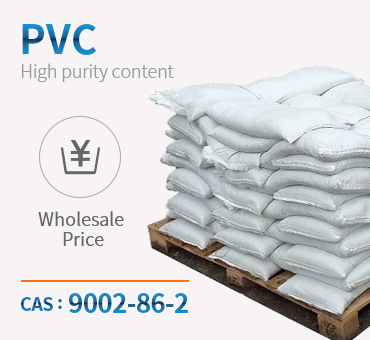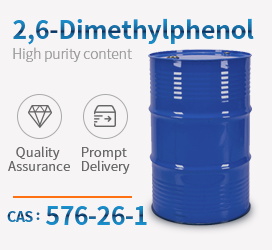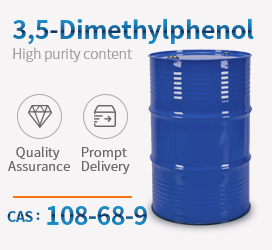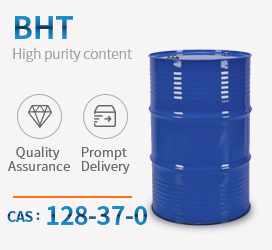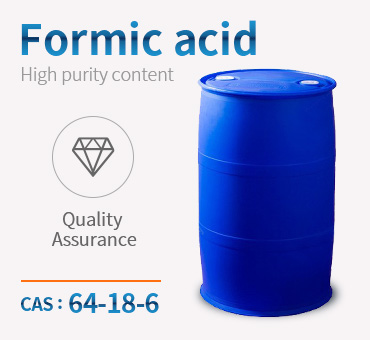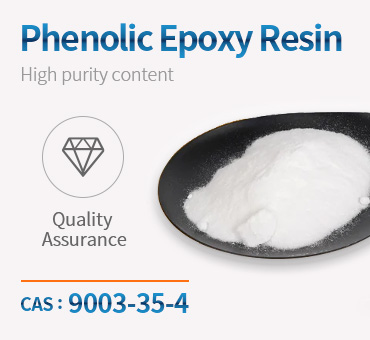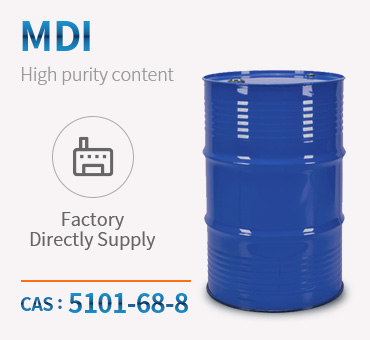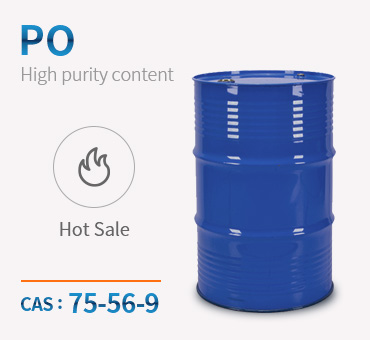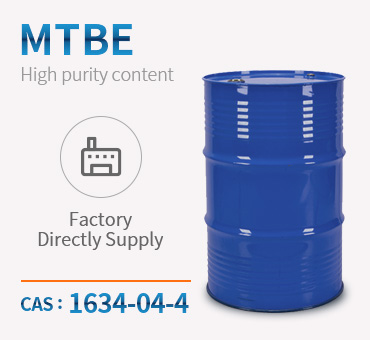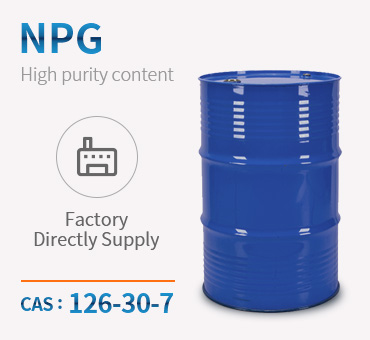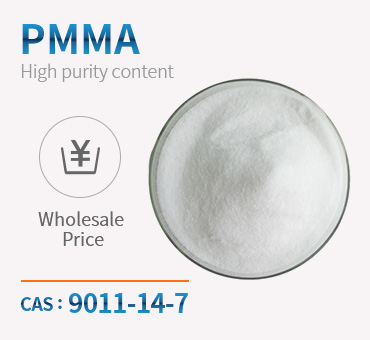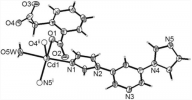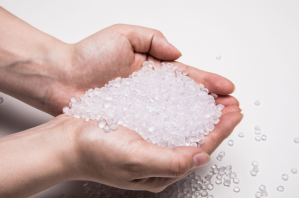Polyvinyl Chloride(PVC)
PVC's relatively low cost, biological and chemical resistance and workability have resulted in it being used for a wide variety of applications. It is used for sewerage pipes and other pipe applications where cost or vulnerability to corrosion limit the use of metal. With the addition of impact modifiers and stabilizers, it has become a popular material for window and door frames. By adding plasticizers, it can become flexible enough to be used in cabling applications as a wire insulator. It has been used in many other applications. Pipes Roughly half of the world's polyvinyl chloride resin manufactured annually is used for producing pipes for municipal and industrial applications . In the water distribution market it accounts for 66 % of the market in the US, and in sanitary sewer pipe applications, it accounts for 75 % . Its light weight, low cost, and low maintenance make it attractive. However, it must be carefully installed and bedded to ensure longitudinal cracking and overbelling does not occur. Additionally, PVC pipes can be fused together using various solvent cements, or heat-fused (butt-fusion process, similar to joining HDPE pipe), creating permanent joints that are virtually impervious to leakage. Electric cables PVC is commonly used as the insulation on electrical cables; PVC used for this purpose needs to be plasticized. Unplasticized polyvinyl chloride (uPVC) for construction uPVC, also known as rigid PVC, is extensively used in the building industry as a low-maintenance material, particularly in Ireland, the United Kingdom, and in the United States. In the USA it is known as vinyl, or vinyl siding . The material comes in a range of colors and finishes, including a photo - effect wood finish, and is used as a substitute for painted wood, mostly for window frames and sills when installing double glazing in new buildings, or to replace older single-glazed windows. Other uses include fascia, and siding or weatherboarding. This material has almost entirely replaced the use of cast iron for plumbing and drainage, being used for waste pipes, drainpipes, gutters and downspouts. uPVC does not contain phthalates, since those are only added to flexible PVC, nor does it contain BPA. uPVC is known as having strong resistance against chemicals, sunlight, and oxidation from water. Clothing and furniture PVC has become widely used in clothing, to either create a leather-like material or at times simply for the effect of PVC. PVC clothing is common in Goth, Punk, clothing fetish and alternative fashions. PVC is cheaper than rubber, leather, and latex which it is therefore used to simulate. Healthcare The two main application areas for medically approved PVC compounds are flexible containers and tubing: containers used for blood and blood components for urine or for ostomy products and tubing used for blood taking and blood giving sets, catheters, heartlung bypass sets, haemodialysis set etc. In Europe the consumption of PVC for medical devices is approximately 85.000 tons every year. Almost one third of plastic based medical devices are made from PVC. Flooring Flexible PVC flooring is inexpensive and used in a variety of buildings covering the home, hospitals, offices, schools, etc. Complex and 3D designs are possible due to the prints that can be created which are then protected by a clear wear layer. A middle vinyl foam layer also gives a comfortable and safe feel. The smooth, tough surface of the upper wear layer prevents the build up of dirt which prevents microbes from breeding in areas that need to be kept sterile, such as hospitals and clinics. Other applications PVC has been used for a host of consumer products of relatively smaller volume compared to the industrial and commercial applications described above. Another of its earliest mass-market consumer applications was to make vinyl records. More recent examples include wallcovering, greenhouses, home playgrounds, foam and other toys, custom truck toppers (tarpaulins), ceiling tiles and other kinds of interior cladding.

